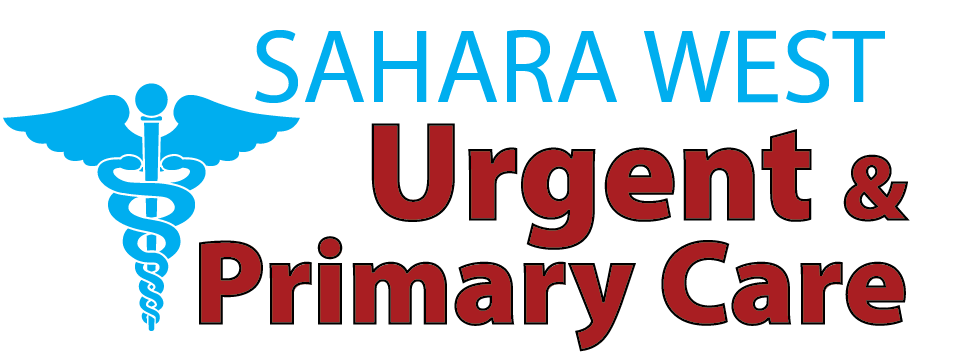Some workplace accidents just cause minor discomfort, while some can seriously change a person’s life. When cases are the most serious, employees might end up with permanent injuries that make earning their living difficult. This is the time when workers’ compensation benefits for permanent disabilities are needed. They help workers whose health problems are expected to remain serious and demanding financial support. If a workplace injury affects you or someone close to you, you should learn the process of getting permanent disability benefits.
What Are Permanent Disability Benefits?
Permanent disability (PD) benefits are payments made to workers who suffer lasting impairments as a result of work-related injuries or illnesses. Unlike temporary disability, which covers a worker while they recover, permanent disability applies when a doctor determines that a worker has reached maximum medical improvement (MMI)—meaning their condition is stable but not expected to improve further.
The purpose of these benefits is to compensate for the loss of future earning capacity due to a permanent impairment or restriction. The amount and duration of compensation vary depending on the severity of the disability and state-specific workers’ compensation laws. To begin the evaluation process, many individuals search for workers comp clinics near me to find specialized medical providers who can assess their condition and guide them through the workers’ compensation system.
Types of Permanent Disability
Permanent disabilities are generally categorized in two ways:
- Permanent Partial Disability (PPD)
This can happen if a person can still take part in some kind of work, but they are not fully able. Such things as losing a finger, having partial hearing, or experiencing vision loss might stop a person from earning all the money they could make, but it would not mean they could not work. - Permanent Total Disability (PTD)
Since the injury is very serious, the worker cannot work in any occupation that earns income. Having total blindness, losing your hands or feet, or suffering a significant brain injury are among such disabilities.
How Are Benefits Calculated?
The calculation of permanent disability benefits depends on several factors:
- Disability rating: A medical examiner assigns a percentage rating to reflect the extent of your impairment. For example, a 25% disability rating suggests that your work capacity is reduced by one-fourth.
- Wages at the time of injury: Your weekly wage plays a key role in determining the amount of compensation.
- State laws: Each state has its own formula and schedule to determine payments. Some states pay lifetime benefits for certain total disabilities, while others limit duration and payment amounts.
- Age and occupation: These can influence your disability rating in some jurisdictions. For instance, a laborer may receive a higher compensation amount than a desk worker for the same injury due to the greater impact on their job role.
Lump-Sum Settlements vs. Ongoing Payments
In many cases, an insurance carrier or employer may offer a lump-sum settlement to resolve a permanent disability claim. This can be beneficial for workers who prefer a single payout, especially if they need to make large purchases or pay off debts. However, accepting a settlement may also mean forfeiting future benefits, including medical care.
On the other hand, ongoing periodic payments provide a steady income over time and may include future medical care coverage. Workers should consult with a qualified workers’ compensation attorney before agreeing to a settlement, to ensure their rights and needs are protected.
Legal Rights and the Appeals Process
If a worker disagrees with the disability rating or the amount offered in compensation, they have the right to challenge the decision. This often involves requesting a Qualified Medical Evaluation (QME) or Independent Medical Examination (IME). If disputes remain unresolved, the case may go before a workers’ compensation board or judge.
Hiring a legal expert in workers’ compensation can be invaluable in navigating this complex process. Attorneys can help gather medical evidence, represent the injured worker in hearings, and negotiate with insurance companies.
Returning to Work with a Disability
Some workers with permanent disabilities can return to work, sometimes in modified or lighter roles. Workers’ compensation programs in many states offer vocational rehabilitation services to help retrain and place disabled workers in suitable jobs. If your employer cannot accommodate your restrictions, you may still be eligible for partial permanent disability benefits.
Final Thoughts
If workers are left with life-changing injuries at work, permanent disability benefits help them a lot. Though it is often complex to apply for social security benefits, if you know the system well, you will be better able to claim them. No matter if the insurance company offers a one-time payout or pays over time, permanent disability benefits are meant to support victims of serious accidents and their new future.
Should you struggle with the recovery after a serious work injury, visit a doctor and look into speaking with a workers’ compensation attorney. Getting help at the right stage in life might decide your future security. To schedule your appointment with the highest standard of care and visit Sahara West Urgent Care, visit our website.
FAQs
- What is considered a permanent disability under workers’ compensation?
A permanent disability is any lasting physical or mental impairment caused by a work-related injury or illness that affects your ability to earn a living. It can be partial or total. - How do I know if my injury qualifies for permanent disability benefits?
After medical treatment, a doctor will determine whether you’ve reached Maximum Medical Improvement (MMI). If your condition won’t significantly improve, the doctor will assess and assign a disability rating, which helps determine if you’re eligible for permanent disability benefits. - What is the difference between permanent partial disability and permanent total disability?
- Permanent Partial Disability (PPD): You are still able to work but with limitations.
- Permanent Total Disability (PTD): You are completely unable to work due to the severity of your injury.
- How much will I receive in permanent disability benefits?
The amount depends on your disability rating, your wages at the time of injury, your job type, and state-specific laws. Each state has its own calculation formula and benefit caps. - Are permanent disability benefits paid for life?
Not always. Permanent total disability benefits are often paid for life or until retirement age in many states. Permanent partial disability benefits usually have a time limit based on the severity of your condition.





